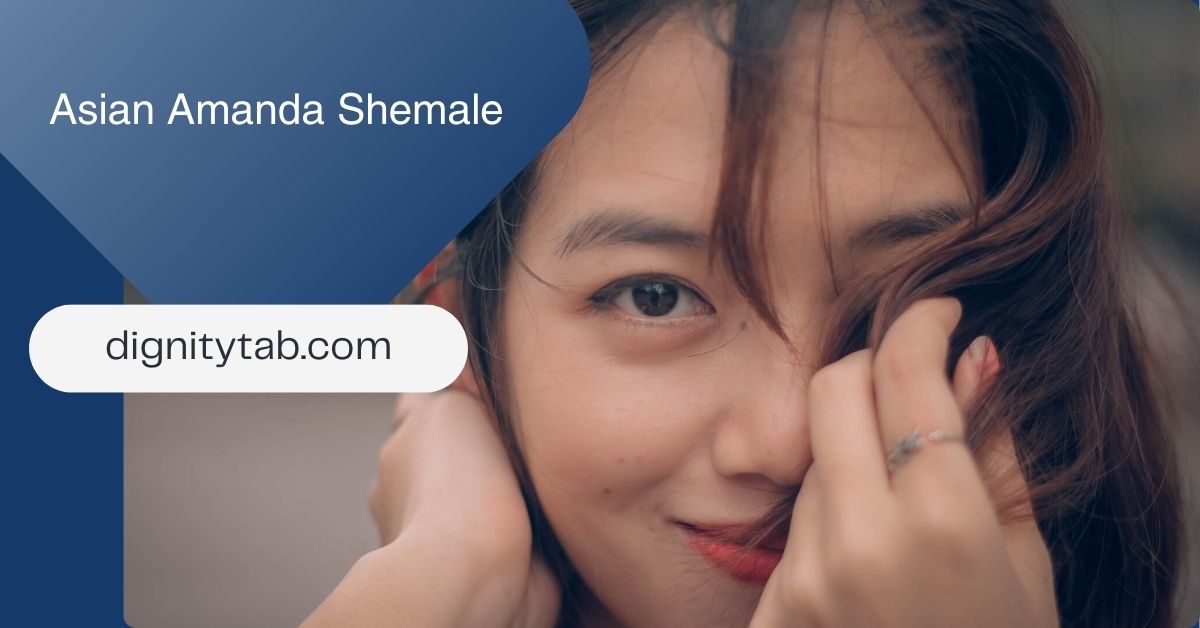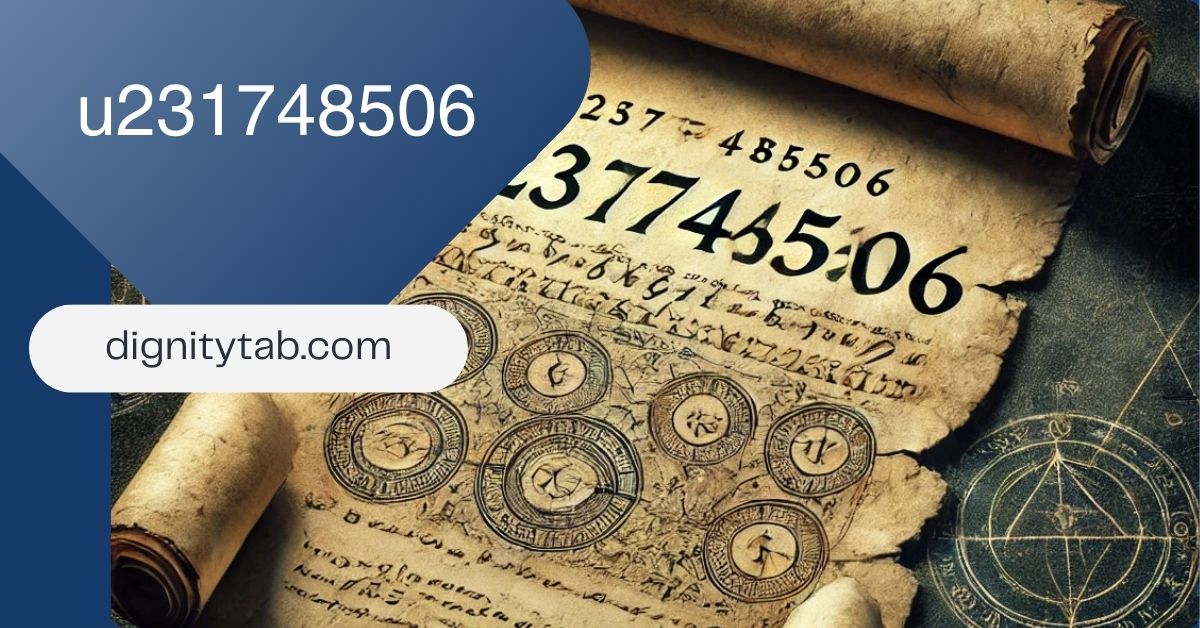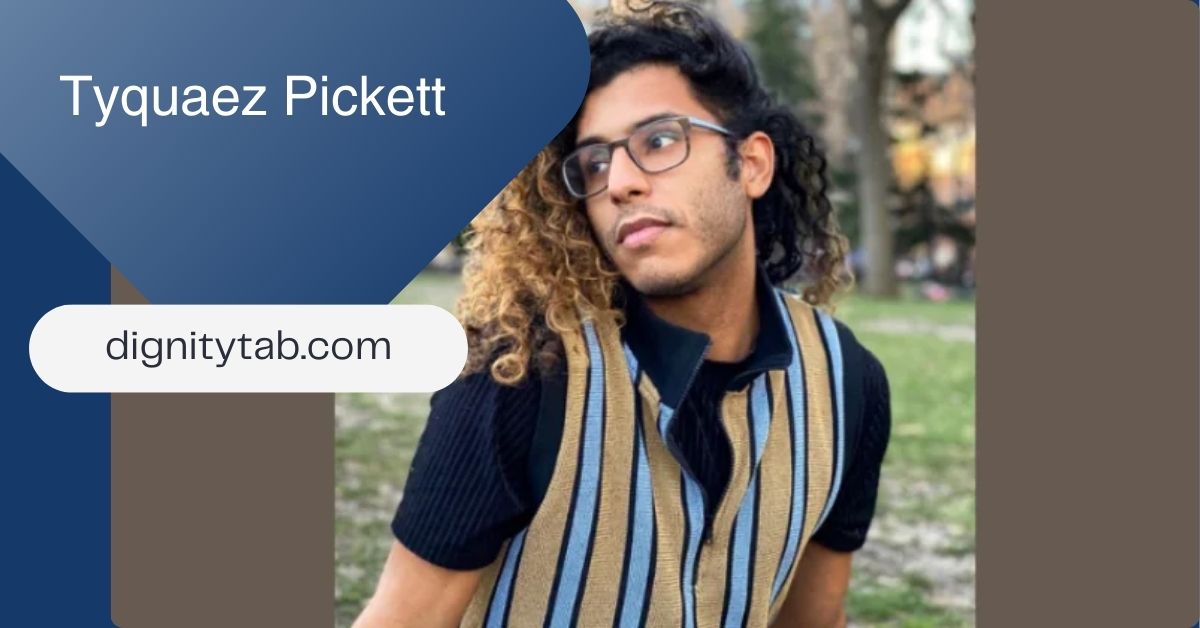The term “Asian Amanda Shemale” encompasses a range of complex identities and societal perceptions. In this article, we aim to provide a detailed exploration of this term, its implications, and the individuals it represents. With an easy-to-read style suitable for all audiences, this article will delve into cultural contexts, the nuances of gender identity, and the social dynamics surrounding transgender individuals, particularly those of Asian descent.
Introduction
The phrase “Asian Amanda Shemale” highlights an important intersection of race and gender identity. In this article, we will explore what this term means, how it reflects societal attitudes, and the diverse experiences of individuals who identify as transgender within Asian cultures. This exploration is not just academic; it is personal and humanizing, shedding light on the lives of those often marginalized.
What Does “Asian Amanda Shemale” Mean?
To understand the term “Asian Amanda Shemale,” it’s crucial to break it down into its components.
2.1 Understanding “Shemale”
The term “shemale” is often used in adult entertainment to refer to transgender women, particularly those who have undergone hormone therapy but may not have had gender-affirming surgery. While some individuals may reclaim this term as part of their identity, it is essential to recognize that it can be derogatory and perpetuate stereotypes. Thus, using respectful language when discussing gender identity is crucial.
2.2 Who is Amanda?
In the context of “Asian Amanda,” the name “Amanda” may represent a specific individual or serve as a generic name symbolizing transgender women of Asian descent. Amanda is a common name in many cultures and could symbolize the personal stories of countless individuals navigating their identities.
Cultural Perspectives on Transgender Identity in Asia
Transgender identities have varied historical and cultural interpretations across Asian societies. In some cultures, such as Thailand, the concept of gender fluidity has been recognized for centuries, with the presence of kathoeys (often referred to as “ladyboys”) being an accepted part of society. In contrast, other cultures may not have the same level of acceptance, leading to discrimination and marginalization.
Understanding these cultural contexts is vital to grasping the broader implications of the term “Asian Amanda Shemale.” Each individual’s experience is shaped by their cultural background, societal norms, and personal journey.
The Intersection of Race and Gender Identity
Race and gender identity are intricately linked. Transgender individuals of Asian descent often face unique challenges stemming from both racism and transphobia. For instance, they may encounter stereotypes that pigeonhole them into specific roles or narratives, leading to a lack of authentic representation in media and society.
Moreover, the intersectionality of race and gender can lead to compounded discrimination. Understanding how these identities interact helps foster empathy and awareness about the challenges faced by individuals within this community.
The Role of Media in Shaping Perceptions
Media representation plays a crucial role in shaping societal attitudes toward transgender individuals. Unfortunately, many portrayals perpetuate stereotypes or fail to capture the complexity of transgender lives. Films, television shows, and online content often depict transgender women, including those of Asian descent, in a sensationalized manner, which can lead to misunderstanding and stigma.
Conversely, positive representations can help challenge societal norms and promote acceptance. By highlighting the diverse experiences of transgender individuals, media can serve as a powerful tool for change.
Challenges Faced by Transgender Individuals
6.1 Discrimination and Stigma
Transgender individuals, particularly those of Asian descent, often face discrimination in various aspects of life, including employment, healthcare, and social interactions. This discrimination can stem from deeply ingrained societal norms and prejudices that dehumanize or invalidate their identities.
6.2 Mental Health Impacts
The constant struggle against discrimination can take a toll on mental health. Many transgender individuals experience anxiety, depression, and low self-esteem as a result of societal rejection and stigma. Access to mental health resources that are sensitive to their unique experiences is crucial for their well-being.
Celebrating Diversity: Transgender Representation
Despite the challenges, there is a growing movement to celebrate transgender diversity. Advocacy groups and organizations are working tirelessly to create more inclusive spaces for transgender individuals. Events such as Pride parades and awareness campaigns play a vital role in promoting visibility and acceptance.
Highlighting stories of triumph and resilience can empower individuals within the community and challenge negative stereotypes. By celebrating diversity, society can move towards greater inclusivity and understanding.
Support and Resources for the Transgender Community
For individuals navigating their gender identity, access to support and resources is essential. Many organizations provide services such as counseling, advocacy, and educational resources to help transgender individuals thrive. Some notable organizations include:
- The Trevor Project: Offers crisis intervention and suicide prevention services for LGBTQ youth.
- Trans Lifeline: A peer support service for transgender individuals.
- GLAAD: Works to promote LGBTQ acceptance through media advocacy.
These resources can provide crucial support and validation for individuals exploring their identities.
Personal Stories and Experiences
Every individual has a unique story that contributes to the larger narrative of the transgender experience. Sharing personal stories helps humanize the challenges and triumphs faced by those who identify as “Asian Amanda Shemale.”
For example, some transgender individuals may share their journey of self-discovery, detailing the challenges they faced in acceptance from family, friends, and society. Others may focus on their experiences in finding community and support.
These narratives not only foster understanding but also create a sense of solidarity among individuals navigating similar paths.
FAQs
What does the term “shemale” mean?
The term “shemale” is often used in adult entertainment to refer to transgender women. However, it can be considered derogatory, so it is essential to use respectful language.
Is “Asian Amanda” a specific individual or a representation of many?
“Asian Amanda” may refer to a specific individual or serve as a generic name representing transgender women of Asian descent, symbolizing the broader community.
What challenges do transgender individuals face?
Transgender individuals often face discrimination, stigma, and mental health challenges due to societal rejection and prejudice.
How can media positively impact transgender representation?
Positive media representation can challenge stereotypes, promote acceptance, and highlight the diverse experiences of transgender individuals, fostering empathy in society.
Where can I find support as a transgender individual?
Many organizations, such as The Trevor Project and Trans Lifeline, offer resources, counseling, and advocacy for transgender individuals.
Conclusion
The term “Asian Amanda Shemale” serves as a gateway into understanding the complex interplay between race, gender identity, and societal perceptions. By exploring the cultural contexts, challenges, and personal stories within this community, we can foster a more inclusive and empathetic society.
Understanding and respecting individuals’ identities is vital in moving toward acceptance and support for transgender individuals. As we continue to educate ourselves and advocate for equality, we create a world where everyone can express their authentic selves without fear of discrimination.
In conclusion, the journey toward acceptance and understanding is ongoing, but by celebrating diversity and embracing the complexity of identities, we can create a more inclusive future for all.



